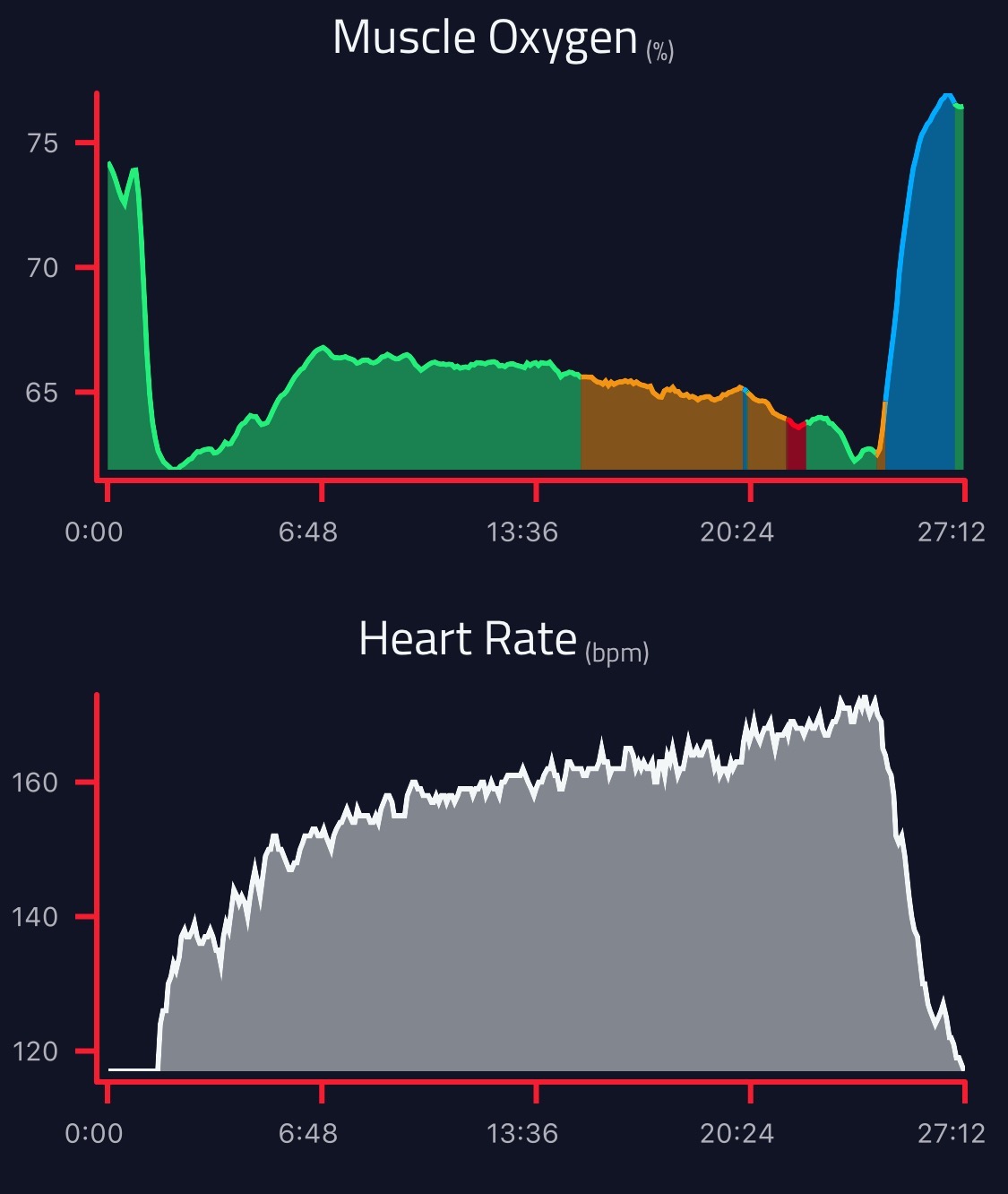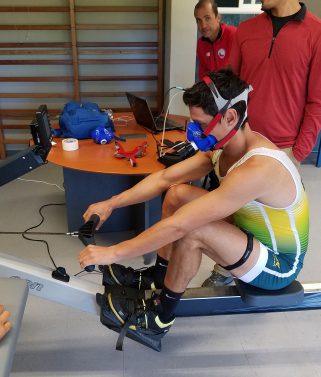
How to Prescribe the Perfect Endurance Workout with Muscle Oxygen
Over 60% of workouts recorded with Humon are endurance types. Long, steady-state training workouts are included in almost all training programs and are used to push your threshold intensity higher and to build stamina so you can train for longer. A common challenge with endurance training for many athletes is maintaining an aerobic state without pushing too hard and running out of fuel before the workout is over. Heart rate zones are often used to try to achieve this, however, these zones often fail as discussed in a previous blog post.
Endurance Training with Muscle Oxygen
For those of you familiar with the Humon Hex, it measures muscle oxygen saturation and the Humon app provides personalized training zones based off how your muscles are responding to workout intensity. The Hex can be used in real-time to optimize your pace during endurance training or during a race so that you never push into an anaerobic state for too long.
See an example below of muscle oxygen data from a moderate intensity endurance workout.

Initially the muscle oxygen declines rapidly because the muscles are contracting and the athlete was not fully warmed up. After a few minutes, the muscles and cardiovascular system start to adapt to the workout intensity, and muscle oxygen increases because the body is supplying more oxygen. During most of the workout, the athlete stays in the green (steady-state) zone indicating that they are supplying enough oxygen to their muscles to meet the demands of the workout. Near the end of the workout, as the intensity increases, the athlete enters the orange zone indicating that they are approaching their limit. At the end of the workout, the athlete’s muscle oxygen recovers back up to the starting baseline.
Make sure to check out @behumon on Instagram, Twitter, and Facebook for more tips on how to warm-up, train, and recover effectively.

